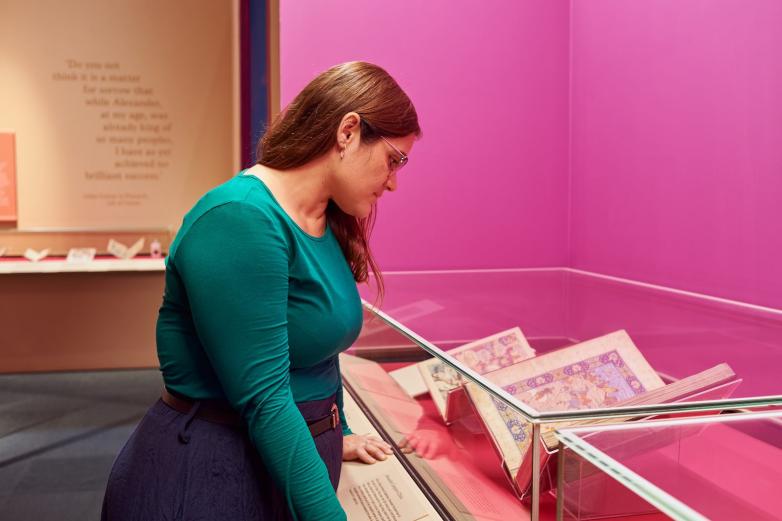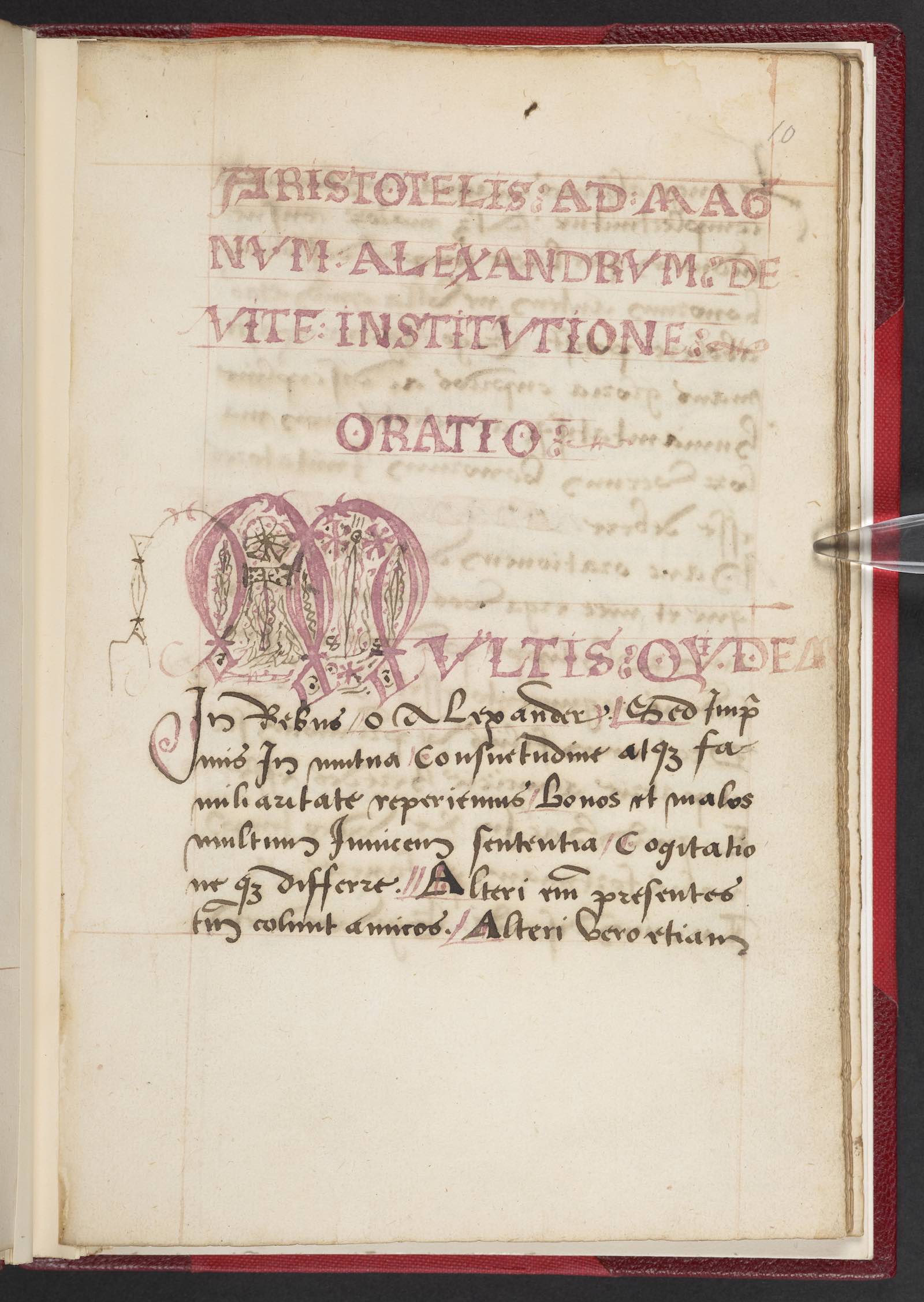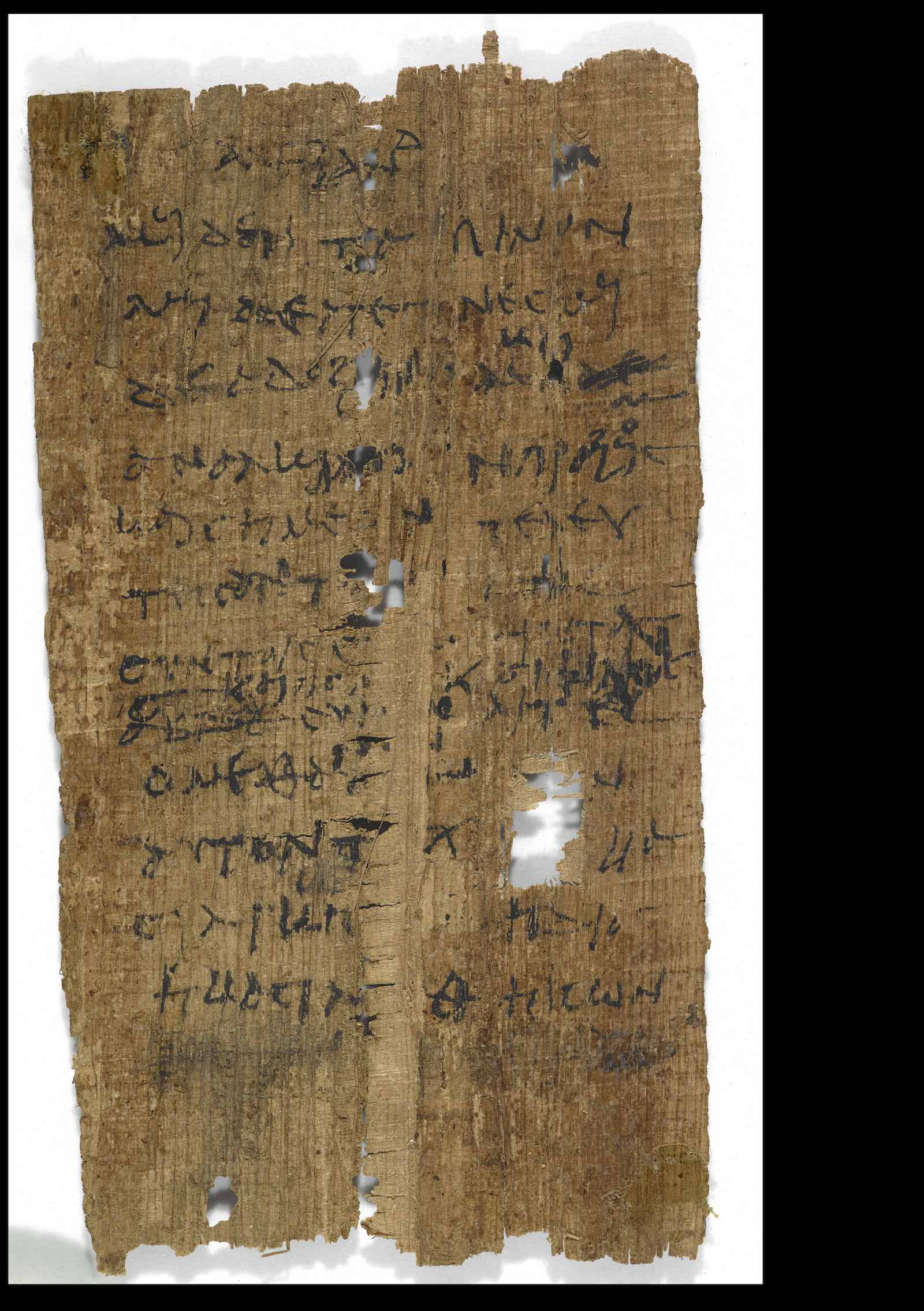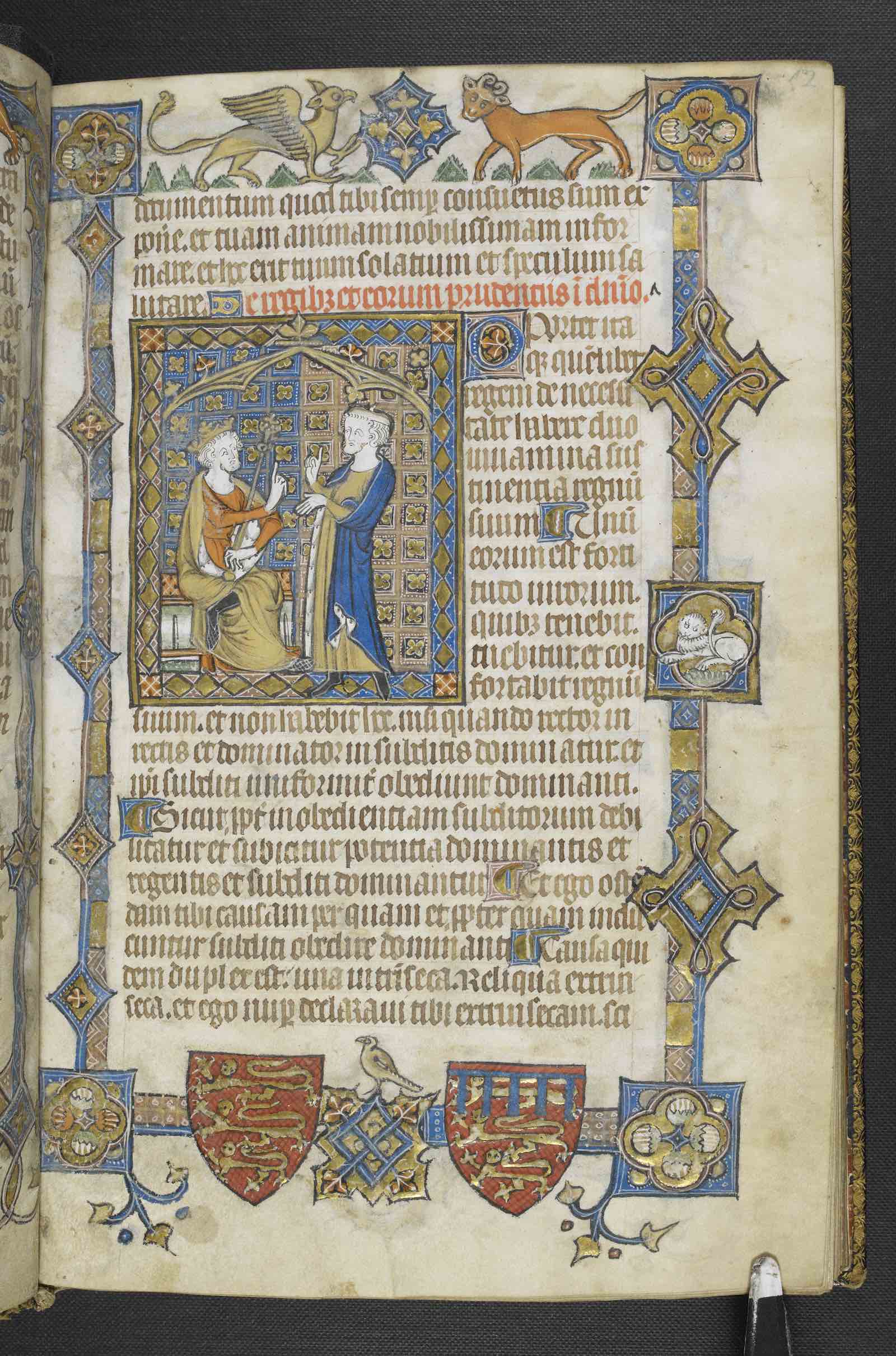Highlight exhibits include:
• one of the most elaborate secular manuscripts to survive from the Byzantine empire: a 14th-century manuscript of the Greek Alexander Romance with 250 coloured illustrations, on display in the UK for the first time from the Museum of the Hellenic Institute for Byzantine and Post-Byzantine Studies
• letter from author Mary Renault (1972) on display for the first time by kind permission of the Principal and Fellows of St Hugh’s College, Oxford, revealing her inspiration behind the character of Bagoas in The Persian Boy
• pamphlet presented to Henry VIII by his teacher Bernard André in the 16th century, which refers to the new king of England as the future Alexander the Great and himself as Aristotle the philosopher, on display for the first time
• an early Indian copy of Iskandarnamah (1460-75) by Nizami, one of the greatest masters of allegorical poetry in Persian literature, recently acquired by the Library
• the earliest printed version of the Alexander Romance in Middle English in the Kyng Alisaunder fragment from around 1525
• a lavish sixteenth-century manuscript depicting Iskandar kneeling at the Kaʻba in Mecca surrounded by worshippers (Firdawsi, Shahnamah, Shiraz, Iran)
• 2,300 year old silver coin commemorating Alexander’s victory against the regional ruler Porus (Babylon?, c.323 BC) on loan from The Trustees of the British Museum
• part of a child’s homework containing an imaginary speech by Alexander after he defeated Darius of Persia (Egypt, AD 150-225)
Adrian Edwards, Head of Printed Collections at the British Library, said: ‘Alexander the Great was the subject of myths and legends during his lifetime and, in the centuries following his death these developed into a complex mythology, often with little resemblance to his historical life. Instead of trying to understand who Alexander was, our exhibition explores who he has become since his death and how the stories continue to evolve even today.’
The exhibition culminates with a replica of Alexander’s supposed sarcophagus from Egypt, 345 BC set within a digital reconstruction created by Ubisoft as part of the Assassin’s Creed Origins video game and projected on three walls.
Thierry Noel, PhD in History and Lead Inspirational Content Advisor at Ubisoft, said: ‘Little is known about Alexander’s final resting place, so our teams drew on a number of sources of inspiration for the design for his tomb in the opus Assassin’s Creed Origins. We’re so thrilled to be able to work with a respected institution such as the British Library to bring Alexander the Great’s tomb chamber to three-dimensional life in this way.’
The Library collaborated with Escape Studios’ School of Interactive and Real Time to commission a group of students and graduates from the institution’s ‘Escape Pods’ incubator to create an interactive version of the largest world map to survive from the Middle Ages until it was destroyed during the Second World War. Based on the original map, which was produced by the sisters of the convent of Ebstorf around 1300, the new digital map enables users to explore the adventures Alexander was purported to have taken in his lifetime.
The British Library is indebted to the Patricia G. and Jonathan S. England – British Library Innovation Fund, as well as the American Trust for the British Library, The Gladys Krieble Delmas Foundation, The Hellenic Foundation, London, and Professor James H. Marrow and Dr Emily Rose for their support towards the development of this exhibition.



















